What High-Performance Cultures Do Differently
This blog is the second in a series of Performance, Rewritten series.
We talk a lot about culture. We describe it, define it, even decorate the office walls with its slogans. But when it comes to creating cultures where people consistently perform at their best, many leaders are still reaching for answers.
The truth is, culture isn’t a single initiative. It doesn’t begin with an offsite or end with a survey. Culture is everything that happens in between — the decisions made under pressure, the ways feedback is given, the silence after a tough meeting. It is alive, and like anything alive, it adapts, resists, and reveals.
This is especially true in today’s environment. The way we work is shifting. The pressure to deliver remains, but the rules of engagement have changed. We are no longer building cultures to withstand quarterly performance reviews. We are building them to endure complexity, embrace AI, navigate burnout, and support human potential in all its forms.
At PowerUp, we’re focused on helping organisations understand what drives real, sustained performance — across all levels of the organisation. And we’ve learned that high-performing cultures don’t rely on surface-level perks or generic engagement plans. They build their culture like they would build a high-performing athlete: with care, with context, and with the right data to guide progress.
Here are four things those cultures do differently:
They define what great performance looks like
High-performing organisations don’t leave performance open to interpretation. They define what “great” looks like — not just in outputs, but in how people are expected to behave, make decisions, and collaborate. According to McKinsey, teams that understand how their work connects to company goals are more than twice as likely to be top-quartile performers. Yet Gallup reports that only about half of employees clearly understand what’s expected of them at work.
In high-performing cultures, success is defined with intention. It helps people focus on what matters, rather than getting lost in the noise of competing priorities.
What to do:
Establish a shared understanding of what high performance looks like across levels
Ensure goals are paired with behavioural expectations and aligned to team values
Highlight examples that reinforce performance in context, not just outcomes
2. They’re constantly evolving and improving
In thriving cultures, performance isn’t something that’s managed once a quarter. It’s part of the everyday experience — in how teams communicate, reflect, and improve together. Research by Microsoft shows that employees who regularly track and reflect on their goals are 2.3x more likely to say they feel empowered and productive.
These organisations give people regular access to their own performance data, real-time feedback, and clarity on where to focus next. This creates a rhythm of continuous improvement, keeping performance conversations productive, not punitive.
What to do:
Shift from static check-ins to dynamic performance conversations
Use individual data (like PowerUp’s Employee profiling) to help people self-direct improvement
Recognise progress as well as results, reinforcing positive feedback loops
3. They adopt future-ready capabilities
The World Economic Forum’s Future of Jobs report on the future of jobs highlighted that human-centred capabilities — like resilience, motivation, and curiosity — are now more critical than ever. Top-performing organisations already recognise that in an era of increasing technology adoption, human potential is still - if not more - important than ever. Research from BCG found that AI leaders see 1.5x higher revenue growth, and 1.6x bigger shareholder returns. What’s their secret? Focusing 70% of their efforts on people and processes.
What to do:
Offer tools to help teams understand and track their skill development
Take the time to understand what the human side of any digital transformation looks like
Provide training and certifications that recognise competencies, like Performance Management
4. They treat their organisation like a human
Every organisation is shaped by its history, people, and context — much like a human being. What works for one person may not work for another. And what drives performance in one organisation may look very different in the next.
High-performing cultures understand this. They don’t assume their culture is “fine” because engagement scores are steady. They listen deeper. They look for patterns that reveal early signs of burnout, disengagement, or misalignment. And they invest in tools that help them ask better questions — not just to measure scores, but to understand what’s driving them.
According to IBM’s 2025 C-Suite Study, 72% of CEOs now believe that proprietary, high-quality data is the most critical factor in unlocking AI’s full potential. When applied to culture, that same principle holds true: the quality of the data shapes the quality of the decisions.
What to do:
Move from quarterly or annual listening to continuous listening
Focus on understanding the why behind data
Use this data to inform interventions before problems take root
Every culture tells a story — not just of where a company is going, but who it is at its core.
High-performing cultures are the ones that choose to write that story with intention. They’re not built around surface-level perks or empty values. They’re shaped by leaders who understand the anatomy of performance: from the systems that support it, to the mindset it requires.
At PowerUp, we help organisations decode that story. Our platform makes it easy to understand the drivers behind culture and performance, in real time. And we support teams with actionable insights and development tools grounded in elite performance psychology and behavioural science. When performance and people come into alignment, this is where better happens.
Stay tuned for the next post in our “Performance, Rewritten” series: What Employees Need Most in the Future of Work.
Discover our first post ‘4 Habits Every Future-Ready Manager Needs in the Age of AI’

